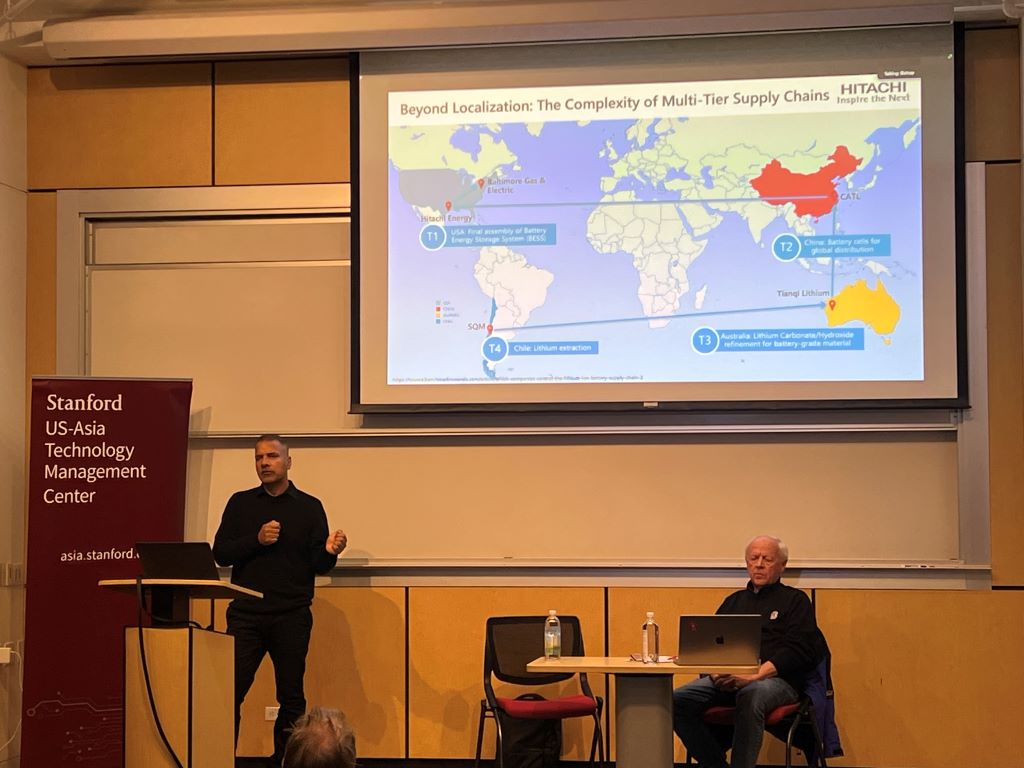At Stanford University, the number of seminars available on campus is stunning. I chose to attend a few, and I noticed that many of them focus on artificial intelligence. From engineering to economics, finance, and supply chain management, AI is a topic of discussion across different fields.
For instance, at the engineering school, seminars explore technical advancements in AI, such as the priorities of organizations like OpenAI. In economics, the focus shifts to how to measure the economic impact of AI, while finance seminars investigate whether adopting AI contributes to a firm’s financial value. In the area of supply chain management, discussions highlight how AI transforms global manufacturing processes. These seminars offer insights into how each discipline approaches AI uniquely.

Repeated exposure to the AI-focused discussions has sparked my curiosity about technology. As a psychological experiment demonstrated long ago, repeated exposure to unknown stimuli such as Chinese characters leads to more positive attitudes toward them. As I continue to attend these seminars, my interest in AI and emerging technologies-hallmarks of Silicon Valley-continues to grow.
Likewise, Stanford students, surrounded by ongoing discussions, are likely to develop greater interest and a more positive attitude toward AI and technologies. The campus environment fosters enthusiasm for a transformative field.
***
Reference
Zajonc, R. B. (1968). Attitudinal effects of mere exposure. Journal of personality and social psychology, 9(2p2), 1-27.
The hypothesis is offered that mere repeated exposure of the individual to a stimulus object enhances his attitude toward it. By “mere” exposure is meant a condition making the stimulus accessible to the individual’s perception. Support for the hypothesis consists of 4 types of evidence, presented and reviewed: (a) the correlation between affective connotation of words and word frequency; (b) the effect of experimentally manipulated frequency of exposure upon the affective connotation of nonsense words and symbols; (c) the correlation between word frequency and the attitude to their referents; (d) the effects of experimentally manipulated frequency of exposure on attitude. The relevance for the exposure-attitude hypothesis of the exploration theory and of the semantic satiation findings were examined.






